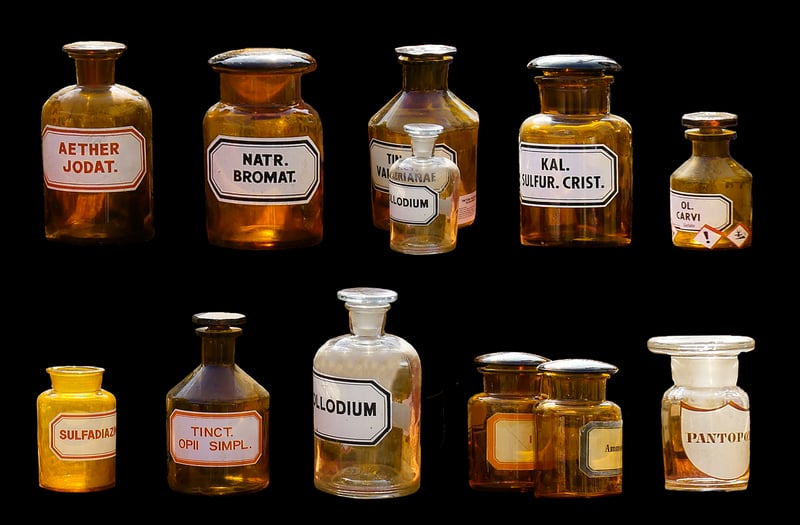Cuisine Chemistry
The Art of Cuisine Chemistry: Where Culinary Elements and Science Meet
Have you ever wondered about the fascinating world where innovative culinary elements blend seamlessly with the principles of chemistry? This intriguing fusion creates a harmonious symphony of flavors, textures, and aromas that delight the senses and elevate the dining experience to a whole new level.
The Science Behind Flavors
At the heart of cuisine chemistry lies an understanding of how different flavors interact with each other on a molecular level. By combining ingredients that complement or contrast each other, chefs can create complex and nuanced taste profiles that tantalize the taste buds.
For example, the Maillard reaction, which occurs when proteins and sugars are exposed to heat, is responsible for creating the savory, umami flavors in grilled meats and roasted vegetables. Understanding these chemical reactions allows chefs to manipulate ingredients and cooking techniques to achieve the desired taste outcomes.
Texture and Mouthfeel
Texture is another crucial element in the world of cuisine chemistry. By altering the physical properties of ingredients through techniques such as sous vide cooking or molecular gastronomy, chefs can create dishes with a wide range of textures, from creamy and smooth to crispy and crunchy.
For instance, the use of hydrocolloids like agar-agar or xanthan gum can thicken sauces and create unique textures in dishes, adding an element of surprise and delight to the dining experience.
The Art of Plating
Beyond flavors and textures, cuisine chemistry also plays a significant role in the art of plating. By understanding the principles of color theory, balance, and composition, chefs can create visually stunning presentations that enhance the overall dining experience.
From the arrangement of ingredients on the plate to the use of garnishes and edible flowers, every element on the dish is carefully thought out to create a feast for the eyes as well as the palate.
Exploring New Frontiers
As culinary science continues to evolve, chefs are constantly pushing the boundaries of traditional cooking techniques and experimenting with innovative ingredients and technologies. From spherification to foams and gels, the possibilities are endless when it comes to exploring the intersection of culinary art and science.
By embracing the principles of cuisine chemistry, chefs can unlock a world of creativity and innovation in the kitchen, creating dishes that not only taste delicious but also tell a story and evoke emotions.
Embrace the Art and Science of Cuisine Chemistry
Next time you sit down for a meal, take a moment to appreciate the intricate dance of flavors, textures, and aromas that have been carefully orchestrated through the magic of cuisine chemistry. By understanding the science behind the food we eat, we can develop a deeper appreciation for the culinary arts and the creative minds that bring them to life.
Embark on a culinary journey where innovation meets tradition, and where the art of cooking transcends the boundaries of the kitchen to create a truly unforgettable dining experience.

Image Source: Pixabay
